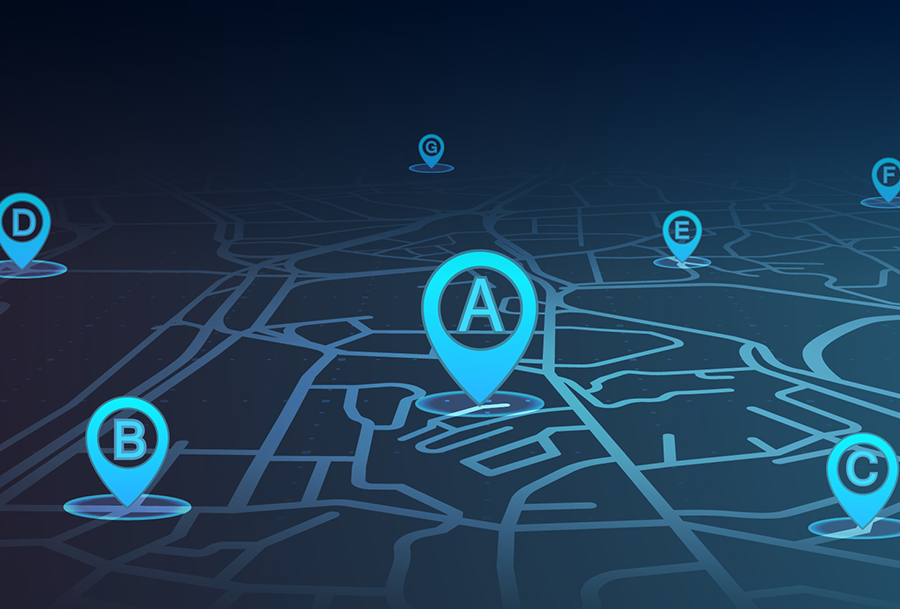IoT Deployment Management Tools: The Essentials
By Martino Turcato
December 5, 2022
By Martino Turcato
December 5, 2022
Creating a device network and maintaining its connections can be challenging unless you have a very small IoT deployment. When you have a network of thousands of devices, and some start to misbehave, isolating the issues can be difficult. Is the problem with the sensors, modems, cellular link or something else?
If your IoT solution doesn’t have intelligent deployment management tools, it can be frustrating to monitor your assets and run diagnostics.
It’s important to find a provider with an IoT connectivity management platform and IoT device management platform that are:
Here are four essential elements to look for when you’re considering an IoT provider:

One of your connected devices will inevitably malfunction. Prepare by selecting deployment management tools that offer an integrated connectivity data management tool suite.
These tools enable isolation and accurate remote diagnosis of problems at scale. Resolving issues at scale is critical. Deployment supervision should not climb linearly in terms of effort and headcount with your deployment’s growth.
Remote diagnostics reduce the time and expense of sending personnel to the site. Before serious consideration, you must ensure the deployment management tools you choose can aggregate multiple types of connected devices and metrics easily. They should yield a seamless view of every sensor’s status and be capable of performing real-time diagnostics. You should also be able to leverage connectivity tools to monitor data usage and prevent overages.
According to a 2022 Inmarsat study, 24% of respondents said unreliable connectivity was a barrier to IoT adoption. In a network of thousands of connected devices, transmission or reception failure is bound to occur. As a result, you risk losing the valuable data you need for company insights when it does.
Protect your data with an IoT solution that can easily handle data over intermittent or sporadic connections. That solution must store all information and send it automatically once an interrupted connection is restored to prevent permanent loss.

Connecting disparate devices that run different apps and operating systems is a significant IoT challenge. Seamless data aggregation provides the big-picture view you need to get the best insights from analytics.
Your choice IoT platform must be able to connect to any device over any wireless technology, including cellular, Bluetooth® wireless technology and Wi-Fi. It must also be compatible with low-power connections.
Furthermore, ease of interoperability with upstream cloud environments like Amazon Web Services (AWS) and Microsoft Azure is critical. It enables data to get to the right locations for analysis alongside other enterprise data.
Many companies face a dilemma: They have an existing network of legacy assets that cannot connect to the cloud. When your hardware doesn’t speak the right language, progressing from ideation to completion of an integrated IoT solution can be very challenging.
Building your IoT solution might sound like the best way to achieve needed customizations in the final solution. However, it’s often far more expensive than choosing a third-party platform. The complexities are high, so experience with all underlying technologies (not just a few) can greatly simplify the process.
Your choice IoT provider must provide easy-to-use tools and processes to work with your equipment. The vendor must also speak the language and protocols of your asset gateways and sensors and connect them to a cloud-based platform.
As a leading IoT enablement provider, we offer flexible IoT solutions that extend in many directions. We can create customized solution architecture to meet your business’s needs.
We can apply logic in the cloud and at the network edge to relay data securely from your devices to our portal and other destinations as needed. Our knowledge and experience enable us to deliver on all four elements and simplify your IoT deployment.
Speak with our IoT experts to get started with the right IoT deployment management tools for your IoT application.
Editor’s Note: This blog was originally published on 24 August 2018 and has since been updated.